In 2023, succeeding in 1v1 abilities requires a multifaceted approach. It is important to:
-
Have a deep understanding of the map you play on;
-
Familiarize yourself with key positions, angles, and chokepoints. It helps you gain an advantage over your opponent;
-
Practice precise crosshair placement and maintain good movement mechanics. It can give you an edge in duels;
-
Provide accurate callouts and relay information;
-
Use a utility to your advantage effectively. It can turn the tide in your favor.
Communication is paramount in CS:GO, even in a 1v1 scenario. Adaptability is also crucial; analyzing your opponent's tendencies and adjusting your playstyle accordingly can catch them off, guard.
By mastering these aspects on how to 1v1 in CS:GO, you'll be well on your way to achieving victory in intense one-on-one encounters.
Get ready to sharpen your reflexes, tighten your aim, and elevate your game to new heights! Since we will unravel the intricacies of the thrilling 1v1 encounters in CS:GO.
How to Set Up a 1v1 Game on a Local Server in CS:GO
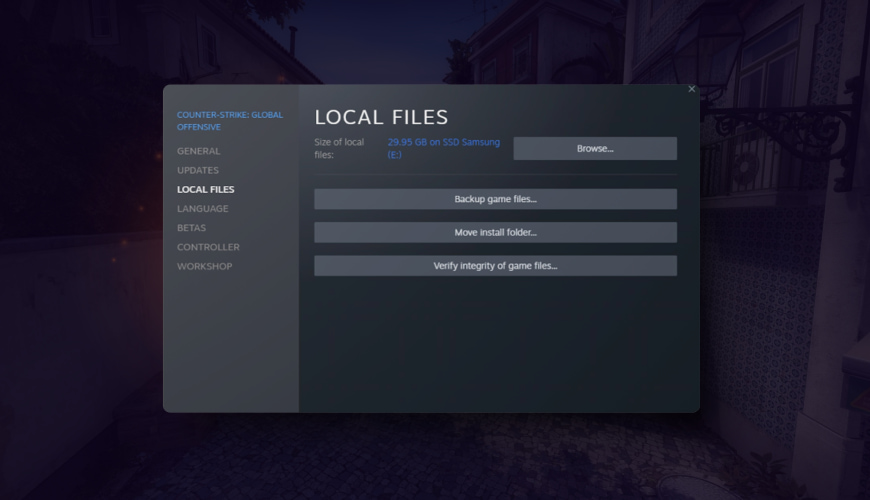
To set up a 1v1 game on a local server, you need to:
-
Launch the game;
-
Open the console;
-
Load the desired map with the "map" command;
-
Adjust server settings;
-
And invite your friend to join using your IP address.
Here's more detailed information on how to set it up:
|
Start by launching the game on your computer. |
|
Go to the game's settings and enable the developer console. You can find this option in the "Game Settings" or "Keyboard/Mouse" tab. |
|
Press the tilde (~) key to open the developer console. |
|
In the console, type "map" followed by the map name you want to play. For example, "map de_dust2" for Dust 2. Press Enter to load the map on a local server. |
|
Use console CS:GO 1v1 commands to configure the game mode and other settings. For example, to set the game mode to 1v1, type "mp_gamemode 1" in the console. You can also adjust round time, buy time, and other parameters to your preference. |
|
Once the server is set up, your friend can join the game. |
|
Use the console command "mp_restartgame 1" to start the match. |
How to Install a Local Server for 1v1 in CS:GO
To install a local server, follow these steps:
-
Launch Steam. Open the Steam client on your computer;
-
Go to the Library. Navigate to the "Library" tab in Steam;
-
Install CS:GO Dedicated Server. Search for CS:GO in your game library and right-click on it. From the dropdown menu, select "Properties";
-
Access the Betas tab. In the Properties window, click on the "Betas" tab;
-
Select the Beta version. Choose the "beta - unstable builds" option from the available beta options;
-
Install the server files. Once you select the beta version, Steam will automatically download the CS:GO dedicated server files;
-
Configure server settings. After the installation, navigate to the installation folder. It is usually in the Steam directory under SteamApps/common/CS:GO. Inside this folder, you'll find a file named "server.cfg." Open this file with a text editor. This CS:GO 1v1 command helps customize server settings such as:
- map rotation;
- round time;
- and game mode.
-
Launch the server. To start the local server, run the "srcds.exe" file found in the installation folder. The server will load with the default settings or those specified in the "server.cfg" file;
-
Connect to the server. Open CS:GO on your computer and open the console using the tilde (~) key. In the console, type "connect localhost" to connect to the local server.
How to Play 1v1 Games on CS:GO Third-Party Servers
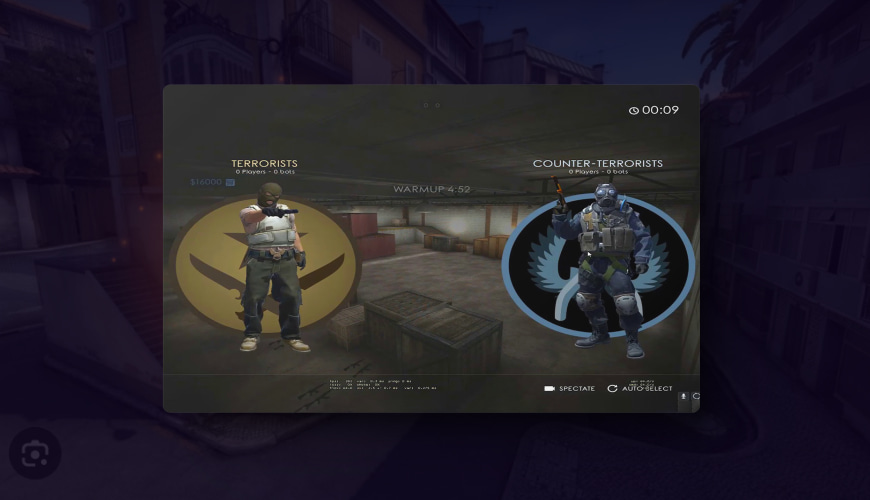
To play 1v1 games on third-party servers, you need to:
-
Join a reputable server hosting 1v1 matches;
-
Wait for an available slot;
-
And challenge another player to a 1v1 duel.
Follow the more comprehensive explanation:
|
Use server browsers or community websites. And find third-party servers that host 1v1 CS:GO games. |
|
Note its IP address or connect button, and join the server by: - or using the console command "connect [server IP address]". |
|
Familiarize yourself with any specific rules or guidelines, such as: - weapon restrictions; - or round limits. |
|
Look for available slots on the server, or wait for your turn if a queue system is in place. |
|
You can use chat commands or follow the server's designated procedures. |
How to Find the Right 1v1 Third-Party Server in CS:GO
There are a few factors to consider:
-
Firstly, reliability is crucial. Look for servers that have a solid reputation for uptime and stability;
-
Secondly, consider the server location. Opt for servers that are geographically close to you and your opponent;
-
Consider the player population. Take into account the number of active players on the server. Look for servers with a good balance of active players to ensure a vibrant gaming community;
-
Lastly, community feedback and reviews provide valuable insights into the server’s quality. Take the time to read reviews and seek recommendations from fellow gamers.
How to Set up a 1v1 Game on a Third-Party Server in CS:GO
To set up a 1v1 game on a third-party server, you generally need to follow these steps:
-
Install and configure the necessary software. Some third-party platforms can require you to install additional:
- software;
- or plugins to access their servers.
Follow the instructions provided by the platform to install and configure any required:
- software;
- or plugins.
-
Create or join a lobby. Navigate to the CS:GO section and look for options for creating or joining a lobby. Lobbies are private game rooms where you can:
- invite other players;
- or join an existing lobby to play against them.
-
Customize game settings. These CS:GO 1v1 commands can include:
- map selection;
- round time limits;
- and more.
More Tips for Playing 1v1 Games on Third-Party Servers in CS:GO
Here are some tips to improve your performance and maximize your experience:
-
Warm-up. Before matches, work on warming up your aim, reflexes, and movement. Practice in offline modes or use aim training maps;
-
Know the map. Learn the layout, callouts, and common angles;
-
Adapt to your opponent. Pay attention to your opponent's playstyle and adapt accordingly. Observe their tendencies, preferences, and weaknesses;
-
Practice dueling. Focus on your aim, crosshair placement, and recoil control. Practice your dueling skills using aim maps, aim duels, or deathmatch modes;
-
Use utility effectively. Properly use flashbangs, smokes, and Molotovs to:
- gain an advantage;
- force your opponent out of position;
- or deny them access to certain areas.
-
Learn from each match. Analyze your 1v1 CS:GO gameplay, identify areas for improvement, and reflect on:
- what worked;
- and what didn't.
-
Stay focused and consistent. Maintain your focus, stay calm under pressure, and avoid getting tilted by setbacks or losses.
-
Have fun and enjoy the experience. Enjoying the game will keep you motivated and engaged in the long run.
Best Practices for Hosting 1v1 CS:GO Tournaments
Here are some best practices to ensure a successful and enjoyable tournament:
|
Determine the number of: - participants; - tournament structure (e.g., single elimination, double elimination, round-robin); - and rules; Communicate the format to participants before the tournament begins. |
|
Include information on: - match settings; - map selection; - allowed utilities; - and any other specific regulations. |
|
This 1v1 CS:GO command can involve: - an online registration form; - email submissions; - or a dedicated registration platform; Collect necessary information, such as: - player usernames; - contact details; - and other requirements. |
|
Consider start and end times for each round or match. Allow enough time between matches for participants to rest and prepare. Communicate the schedule to all participants in advance. And ensure they are aware of their match times. |
|
Choose reputable third-party platforms. Consider using dedicated 1v1 servers CS:GO with low latency. |
|
Use email, chat platforms, or dedicated tournament websites to share: - announcements; - match results; - and any rule clarifications. |
|
They should be available to resolve: - disputes; - enforce rules; - and address any technical issues. |
|
Consider live-streaming or recording the tournament 1v1 CS:GO matches. Provide details on where and how the matches can be watched or accessed. |
|
This could include: - in-game items; - merchandise; - or monetary prizes. |
|
Consider feedback for future tournaments. And implement necessary changes to enhance your experience. |
How to Choose the Right Format for a 1v1 in CS:GO Tournament
Consider the following factors to ensure an engaging and well-structured event:
-
The number of participants in the tournament. For smaller games, a single or double-elimination bracket can be appropriate. For larger games, consider using:
- a round-robin format;
- or a combination of group stages and playoffs.
-
Time constraints. Evaluate the time available for the 1v1 CS:GO tournament. Different formats require varying durations to complete:
- single elimination brackets are generally faster;
- while round-robin formats can take longer.
-
The skill level and competitiveness. Take into account the skill level and competitiveness of the participants.
-
Participant engagement throughout the tournament. Consider formats that provide multiple chances to compete and advance, such as:
- double elimination;
- or group stages with a playoff phase.
-
Organizational resources. Ensure you have:
- the necessary resources;
- and personnel.
-
Player feedback and preferences of the participants. You can take into account their:
- expectations;
- preferences;
- and suggestions.
How to Promote and Organize a 1v1 in CS:GO Tournament
Here are some tips to help you promote and organize your tournament successfully:
-
Define the tournament details. Consider:
- date;
- time;
- location (online or offline);
- registration process;
- entry fee (if applicable);
- prize pool (if any);
- and tournament rules.
-
Create a tournament website or landing page. Include essential information such as:
- tournament details;
- registration instructions;
- rules;
- prize information;
- and contact details.
Ensure the website or landing page is:
- visually appealing;
- user-friendly;
- and easily accessible.
-
Use social media platforms like Facebook, Twitter, Instagram, and Reddit. You can:
- create dedicated event pages;
- post updates;
- share engaging content related to CS:GO;
- and interact with the gaming community.
Encourage participants to share the tournament details with their networks.
-
Engage with the CS:GO community. Take part in:
- CS:GO forums;
- subreddit threads;
- discord 1v1 server CS:GO;
- and other online communities.
-
Reach out to CS:GO influencers and content creators. Reach out to them to promote your tournament through their channels;
-
Advertise on gaming platforms, such as Steam. Consider partnering with relevant CS:GO groups or communities on these platforms. It will help gain more visibility;
-
Offer incentives to attract participants. This can include:
- well-structured prize pool;
- exclusive CS:GO in-game items;
- merchandise;
- sponsorships.
-
Stream and record matches. Partner with popular CS:GO streamers or content creators. It helps broadcast the matches on platforms like Twitch or YouTube.
-
Provide efficient registration and communication. Use online registration forms, email communication, or dedicated registration platforms. Thus, you can collect participant information. Respond promptly to inquiries and send timely updates. Communicate important tournament details to participants;
-
Enforce fair play and sportsmanship. Provide anti-cheat measures, such as:
- using anti-cheat software.
- or spectating matches to ensure a level playing field;
- promote respectful behavior and sportsmanlike conduct among participants.
How to Set Up 1v1 Games with Friends in CS:GO

To set up 1v1 games with friends, invite them to play and make the necessary arrangements. And follow these steps:
|
Coordinate time that works for everyone to play. Consider time zone differences and availability to find a suitable time slot. |
|
Decide on the platform you'll be playing the games. 1v1 CS:GO supports both offline (LAN) and online modes. |
|
CS:GO offers some maps suitable for games, such as: - aim maps; - or small dueling maps. Ensure all players have a map if playing on an online server. |
|
Create a lobby or party to invite your friends to join. You can do this through the "Play with Friends" option in the main menu. Or, if you play on a local network, you need to: - set up a LAN server; - and share the IP address with your friends to connect. |
|
Send invites to your friends through the lobby or party system. In CS:GO 1v1 commands, you can invite friends directly from your Steam friend list. |
|
Set goals, track progress, and celebrate achievements together! |
A Few Words from Mannco Store
In 2023, setting up 1v1 matches in CS:GO is straightforward. Coordinate with friends, choose a map, customize settings, and start the game. These easy CS:GO 1v1 commands are a great opportunity to:
-
Test your skills;
-
Practice different strategies;
-
And enjoy competitive gaming with your friends.
How can Mannco Store help you?
Mannco Store can help you in 1v1 CS:GO matches by providing a wide range of:
-
And skins.
It will help enhance your gaming experience. With our Mannco Store’s extensive collection, you can:
-
Customize your loadout;
-
Showcase your style;
-
Gain a competitive edge in your battles.
Experience the thrill of intense 1v1 battles in CS:GO! Visit Mannco Store today and gear up for unmatched competitive gameplay!
FAQ
What is the best map for a 1v1 game in CS:GO?
The best map for a 1v1 game in CS:GO depends on personal preference. But popular choices include aim maps like "Aim Map" or "Aim Redline." They offer focused dueling arenas.
How to start a private match in CS:GO?
To start a private match you are to launch the game and go to the main menu, select Play and then choose Offline with Bots or Play with Friends to create a private lobby.
-
launch the game and go to the main menu;
-
from there, select "Play";
-
and then choose "Offline with Bots" or "Play with Friends" to create a private lobby
How to do a successful match 1v1 in CS:GO?
To have a successful match, coordinate with your opponent on factors like:
-
map choice;
-
game mode;
-
weapon restrictions;
-
and rules.
How to play CS:GO 1v1 without bots?
You can:
-
create a private lobby and invite a specific player;
-
or join dedicated 1v1 servers available in the community server browser.
By selecting the desired map and game mode, you can engage in a direct one-on-one battle against another player without any bots present in the match.
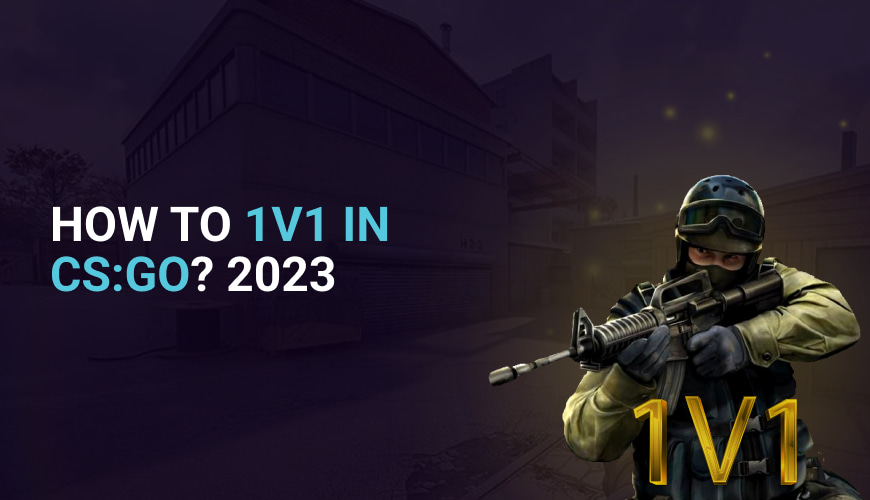
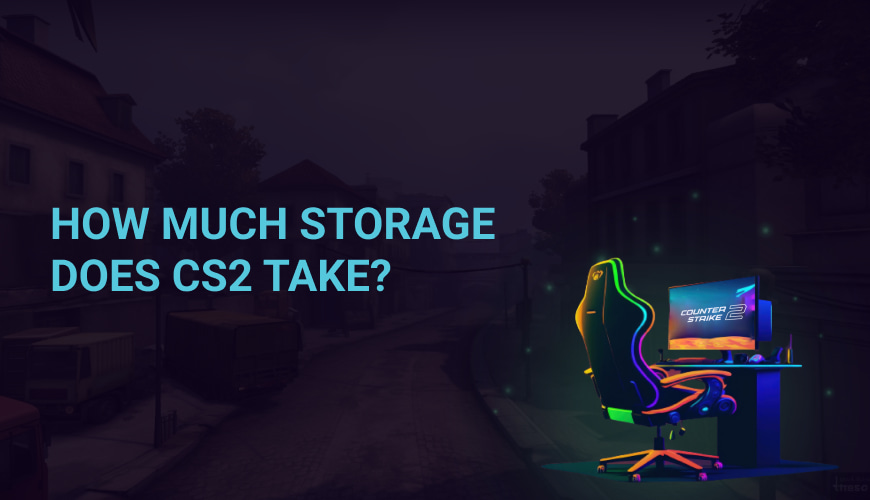
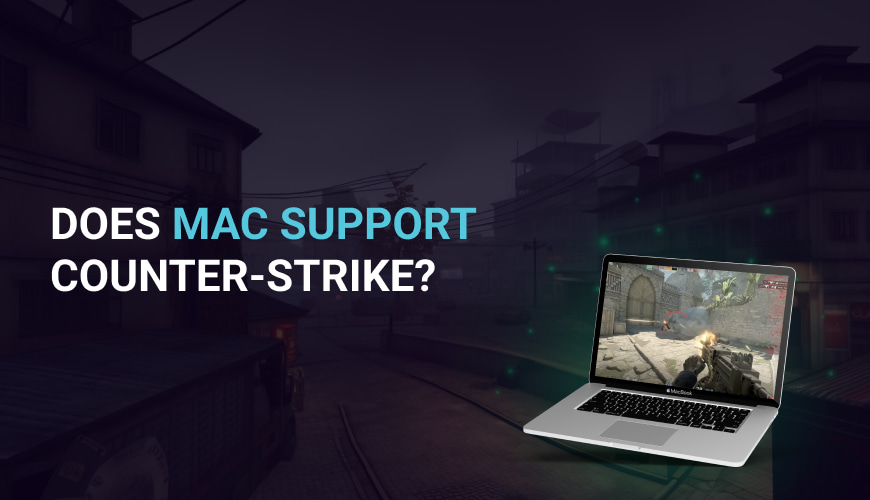

0 comments
Add a comment